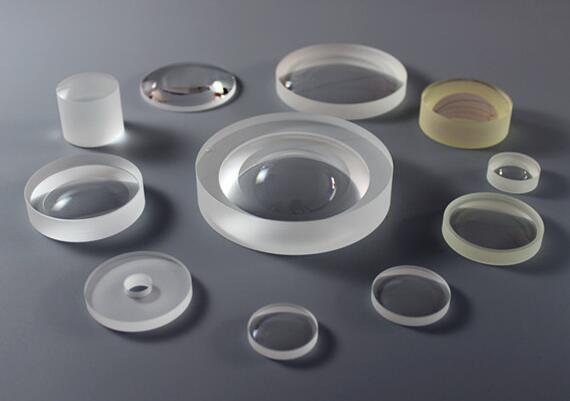Eliminating confusion between anti-reflective and non-glare glass
Dec. 24, 2021
When it comes to anti-reflective glass, the terminology of the glass industry is not always clear. The terms anti-reflective glass and anti-glare glass are often used interchangeably; however, in reality, they are very different types of glass. In this article, we'll explain how these two different glass types serve similar purposes and help you determine which one might be best for your particular application.
We'll start with a detailed look at both anti-reflective glass and anti-glare glass. After defining the two glass types, we will list how each can be used.

Anti-Reflective Glass
AR glass is optically coated on one or both sides. The anti-reflective coating is usually a dielectric coating that can be applied to the glass in a single or multiple layers. When this invisible optical coating is applied to the glass substrate, it can achieve the following effects.
✺ Reduce surface reflection
✺ Increase light transmittance
✺ Increased glass transmittance and brightness
✺ Increased brightness = better contrast definition
✺ Reduced ghosting/multiple reflections
One difference in anti-reflective glass compared to non-glare glass is the ability to customize the coating for specific wavelengths of light. Transmittance enhancement films can be customized for the visible, UV and/or NIR spectral bands.
Anti-reflective coatings can be applied to virtually any glass substrate, including: Gorilla Glass, Borofloat, Super White Low Iron Float Glass, Ultra Thin Glass
Anti-reflective coatings are also often applied to custom optics, optical bandpass filters and beamsplitters.
Anti-glare Glass
Anti-glare glass is produced by etching (through an acid bath) one or both surfaces of the glass. The etching process is very precise, giving the glass an incredibly consistent etched finish over the entire surface. When light hits the glass surface, this etched surface disperses the light, virtually eliminating glare. This allows the end user to see transmitted images and video very clearly, even in direct sunlight. Non-Glare glass is best suited for high resolution displays.
Non-Glare is measured in gloss units and is available in a variety of gloss (etched) levels. Gloss levels range from 60 to 140. Non-Glare glass is available in both low iron and soda lime glass. The challenge in finding the right gloss level is balancing the amount of glare reduction (diffusion) with the resolution of the display behind the glass. The application environment, ambient light, glass thickness and the brightness of the underlying display can all affect the performance of the display
Non-glare glass. The amount of diffusion of anti-glare glass is inversely related to the resolution of the display. Now that we've explored how non-glare and anti-reflective glass are produced, let's look at their typical applications. The matrix below can help you move in the right direction when deciding between anti-reflective and non-glare glass.


















